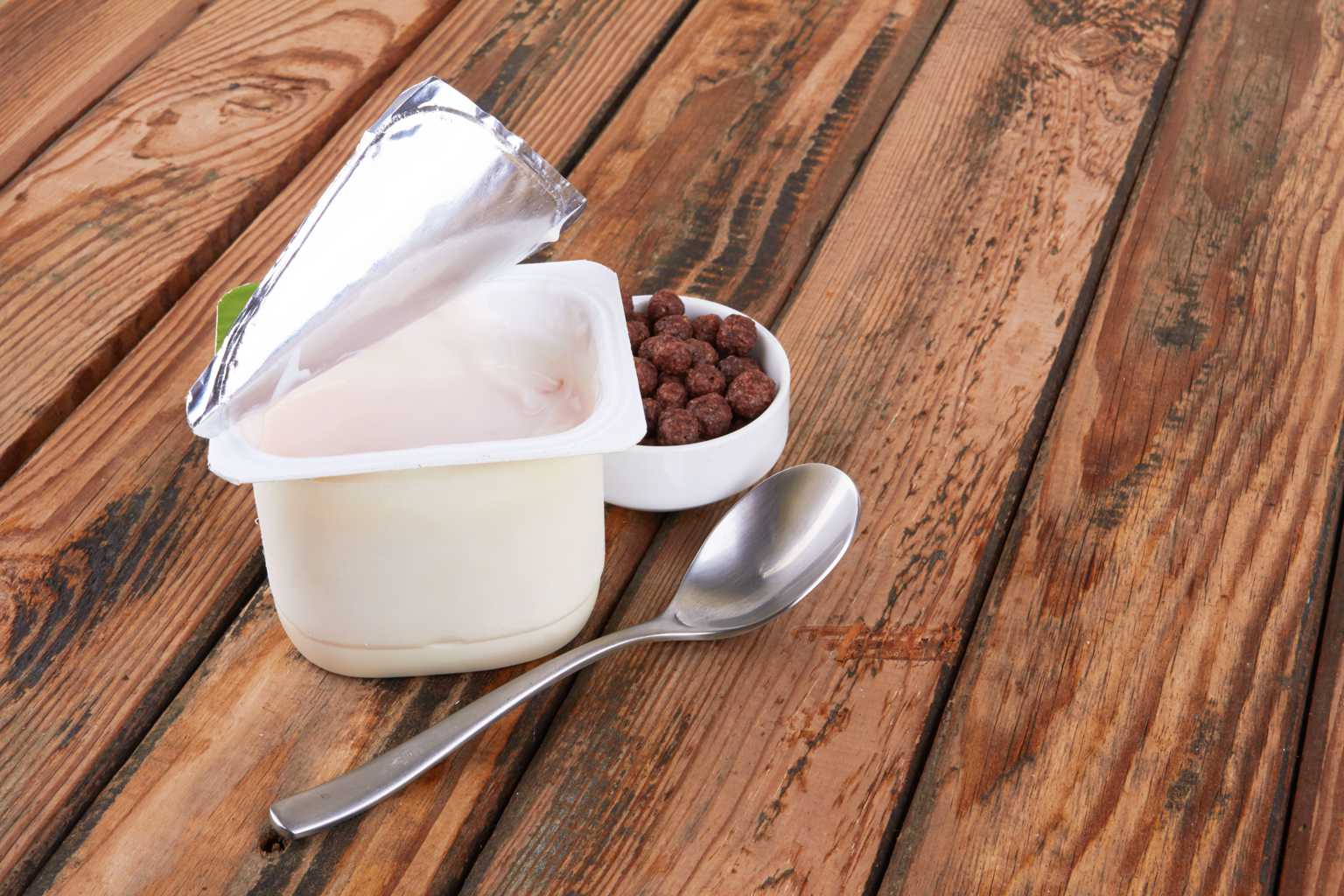Have you ever opened a container of yogurt and seen that liquid layer on top? Most of us instinctively pour it off or toss it away, thinking it’s just excess water or something unpleasant. But what if that little watery layer—known as whey—is actually packed with nutrients that could benefit your health? It sounds surprising, but experts say this liquid is far from worthless.
According to a 2023 survey by Syndifrais, almost 77% of French people enjoy yogurt regularly, making it a staple in many diets. Yogurt’s reputation as a source of protein and calcium is well known, especially for those who might skip meat or fish. However, the watery top layer—often discarded without a second thought—holds some nutritional secrets that are definitely worth rethinking.
Nathalie Negro, a registered dietitian at the Brides-les-Bains Nutrition Center, points out that this liquid is called “petit lait” or small whey. It’s a natural byproduct of milk coagulation and contains a significant amount of proteins, potassium, and essential B vitamins, including the hard-to-get vitamin B12, which is especially important for vegetarians.
Why whey is a nutritional treasure you shouldn’t waste
Beyond the vitamins and minerals, the whey in yogurt is rich in probiotics. These beneficial bacteria play a crucial role in supporting a healthy digestive system and boosting the immune system. When you stir the liquid back into your yogurt, you’re actually increasing the number of these good microbes you consume.
Moreover, whey protein is a favorite supplement ingredient among athletes and fitness fans. It’s prized for its ability to quickly repair muscles and support recovery after exercise. The powdered protein supplements you see at the gym trace back to exactly this kind of whey that’s naturally found on your yogurt.
Holding on to this liquid isn’t just good for your body—it’s good for the planet, too. Tossing out the watery layer amounts to food waste. Given how many people enjoy yogurt daily, keeping this part helps reduce unnecessary throwaways. Small habits add up, and choosing to include the whey instead of dumping it can make a difference environmentally.
Creative ways to enjoy whey in your daily meals
If the idea of drinking or mixing the watery whey directly back into your yogurt isn’t quite appealing, don’t worry. There are plenty of creative ways to use it. You can add it to your smoothies for an extra nutritional boost, use it to thin out sauces or salad dressings, or cook grains like quinoa or rice with it instead of water. This enriches your meals with the nutrients and probiotics naturally present in the whey.
Thinking back to my own kitchen, I started saving the liquid on my yogurt after reading about its benefits. At first, I was hesitant—wasn’t it just going to make my food taste weird? But once I tried blending it in with fruit smoothies, the texture improved and the health boost was undeniable. Now, it’s become an automatic habit, and I feel like I’m wasting less food and nourishing myself better.
Whether you are someone who works out regularly, loves healthy cooking, or just cares about digestion and wellness, whey is an unexpected ally. Its impressive nutrient profile makes it an easy way to get more out of your yogurt without any extra cost or effort.
So next time you crack open a yogurt container and spot that watery layer, stop and think—could this be just what your body needs? Instead of pouring it down the drain, try stirring it in or cooking with it. Your body and the planet might thank you.
Have you ever tasted or used whey from yogurt? What’s your favorite way to include it in meals? Share your thoughts below, and don’t forget to pass this on to friends who love yogurt!
